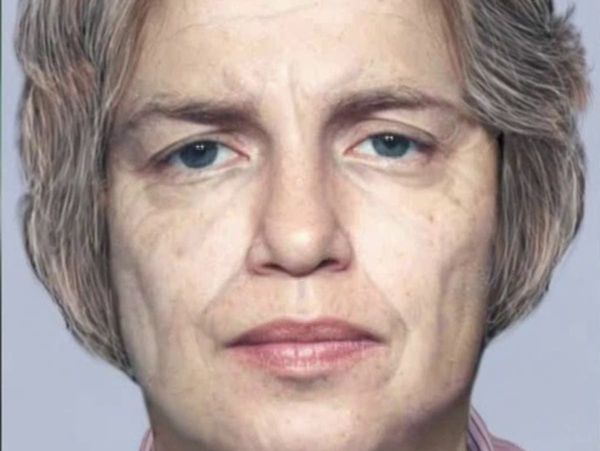
A NEAR-MISS between two planes on a Lake Macquarie runway that left one person seriously injured has sparked changes to safety precautions.
The pilots of the two aircraft didn't hear each other on the radio or see each other ahead of the near-collision.
A more serious crash was prevented only when an instructor took back control of one of the planes, an Australian Transport Safety Bureau (ATSB) investigation report released on Tuesday said.
The May 12 incident involved an instructor and student pilot in a gyroplane doing wheel balance exercises at Lake Macquarie Airport.
The student made a radio broadcast while the instructor turned the aircraft about halfway down the runway so they could repeat the exercise.
"Meanwhile, an Extra EA 300L aerobatic aircraft with a pilot and passenger on board had taxied from the apron toward the eastern end of the runway to conduct a commercial joy flight," ATSB director transport safety Stuart Macleod said.
"The Extra pilot made two radio broadcasts before entering the runway, and beginning to taxi down the runway toward the western end, for a planned take-off."
The gyroplace started another exercise around the same time, accelerating towards the taxiing Extra.
"Neither aircraft's pilots heard the radio broadcasts of, or saw the other, until the pilots in the gyroplane observed the Extra about 20 metres in front of them on the runway," Mr Macleod said.
The flight instructor was forced to take back control of the gyroplane, banking right to avoid a collision.
The ATSB said the gyroplane's rotor blades hit the runway before it veered off to strike the ground, landing on its side.
"The gyroplane was substantially damaged, the instructor was seriously injured, and the student pilot sustained minor injuries," the report notes.
Mr Macleod said missing the radio calls meant the pilots "became reliant solely upon visual acquisition".
"As such, several factors likely reduced the ability of the pilots to then visually identify each other, including the small angular size of each aircraft, the complex background features with low relative contrast, and minimal relative movement between the aircraft," he said.
"This accident highlights the limitations of unalerted see-and-avoid around non-towered aerodromes."
The safety watchdog is focused on reducing collision risks at non-towered airports like Lake Macquarie.
"This accident serves to remind pilots of the importance of effective radio communications to increase traffic awareness, and to ensure an effective visual scan to identify conflicting traffic," Mr Macleod said.
Lake Macquarie Airport has sent a bulletin to all operators since the incident, and acquired radio recording equipment so communications can be reviewed.
The Extra's operator has also updated their procedures, the ATSB said, while the Australian Sport and Rotorcraft Association has indicated it intends to change its exam for qualification.







